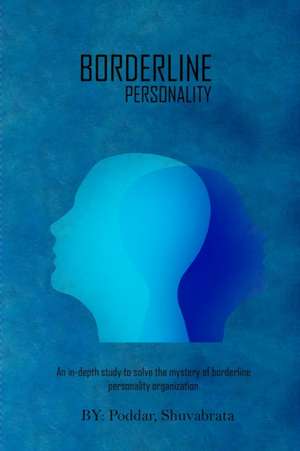An In-Depth Study To Solve The Mystery Of Borderline Personality Organization
Autor Poddar Shuvabrataen Limba Engleză Paperback – 7 aug 2022
Preț: 298.42 lei
Nou
Puncte Express: 448
Preț estimativ în valută:
57.11€ • 59.00$ • 47.50£
57.11€ • 59.00$ • 47.50£
Carte disponibilă
Livrare economică 26 februarie-12 martie
Preluare comenzi: 021 569.72.76
Specificații
ISBN-13: 9783012484853
ISBN-10: 301248485X
Pagini: 226
Dimensiuni: 152 x 229 x 13 mm
Greutate: 0.31 kg
Editura: cerebrate
ISBN-10: 301248485X
Pagini: 226
Dimensiuni: 152 x 229 x 13 mm
Greutate: 0.31 kg
Editura: cerebrate
